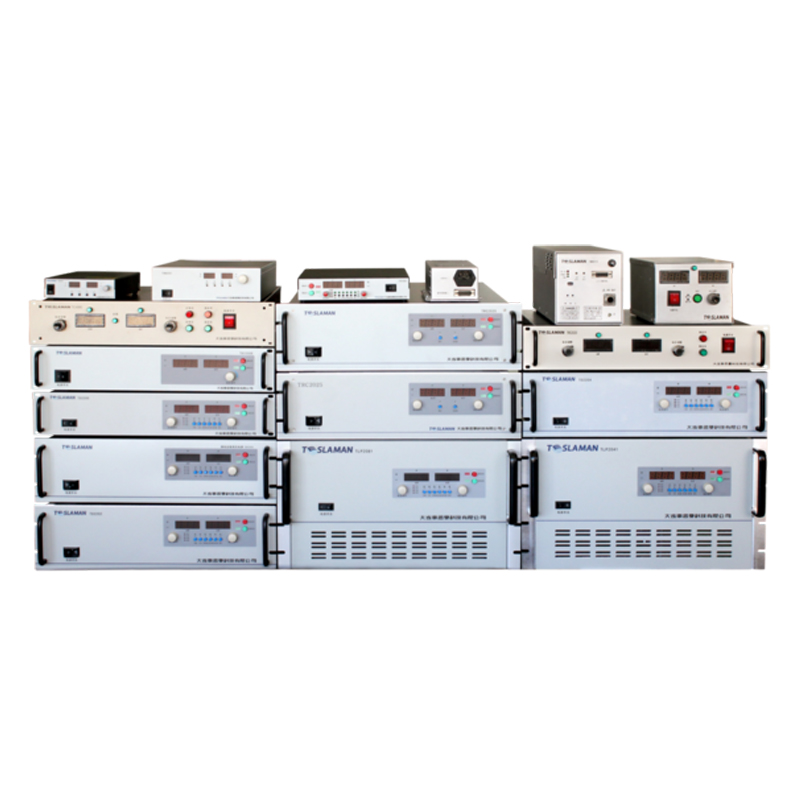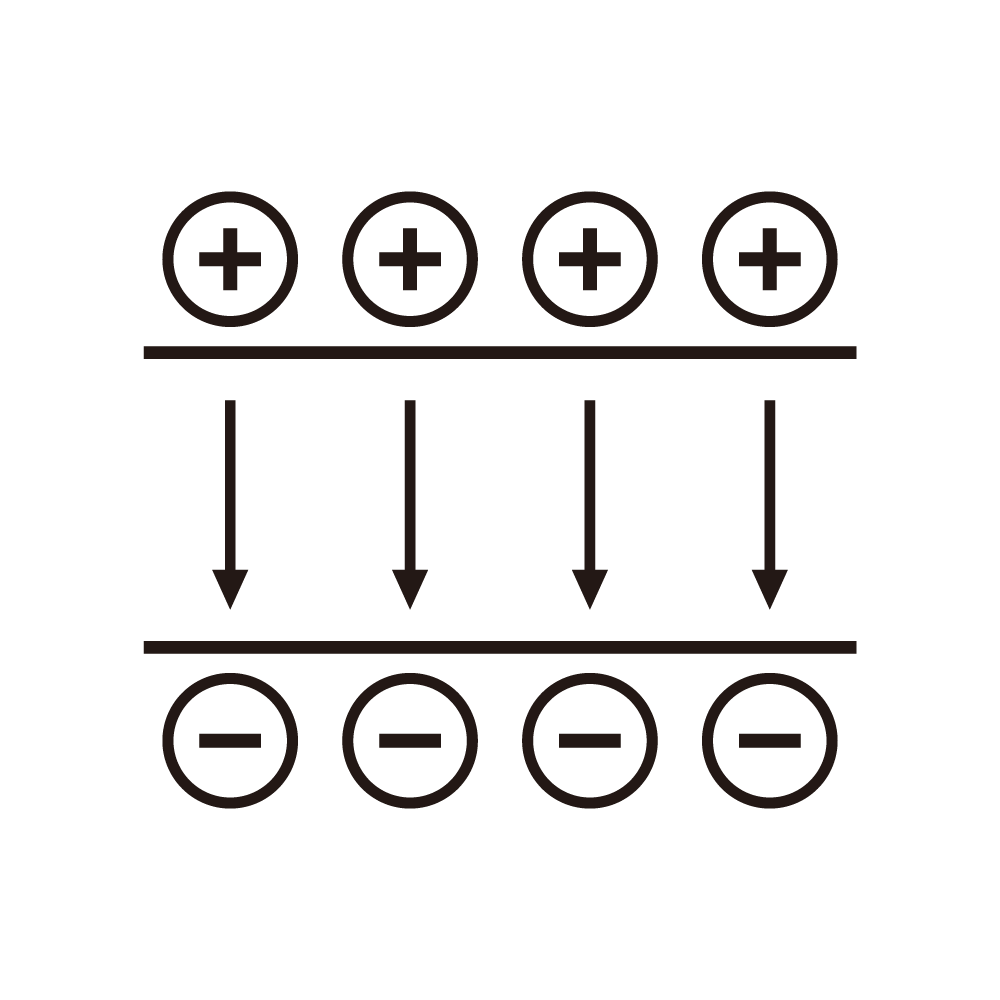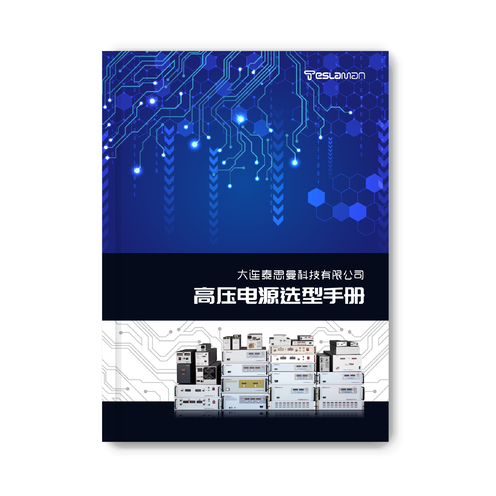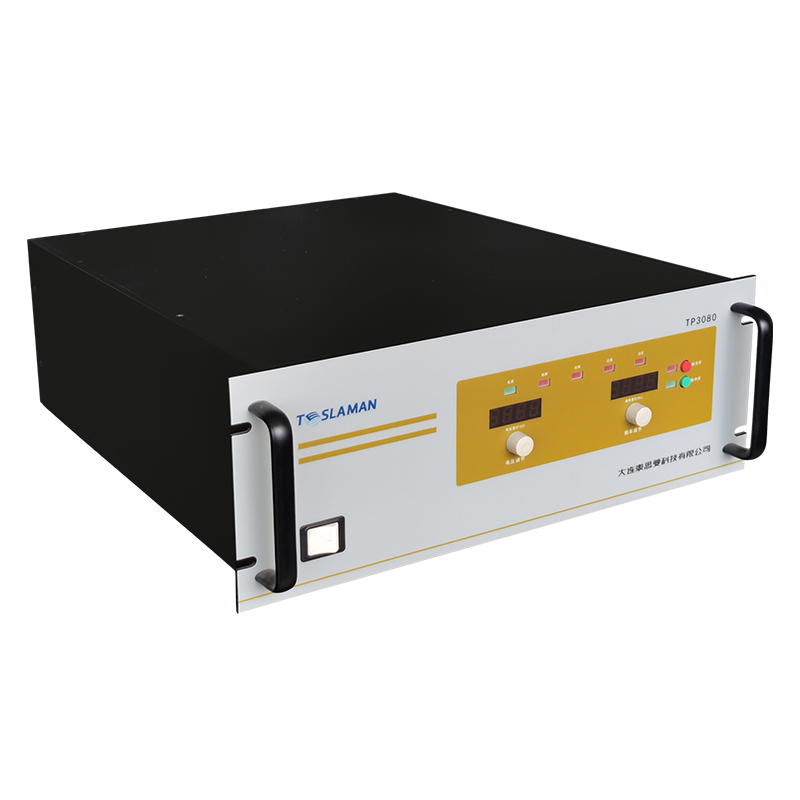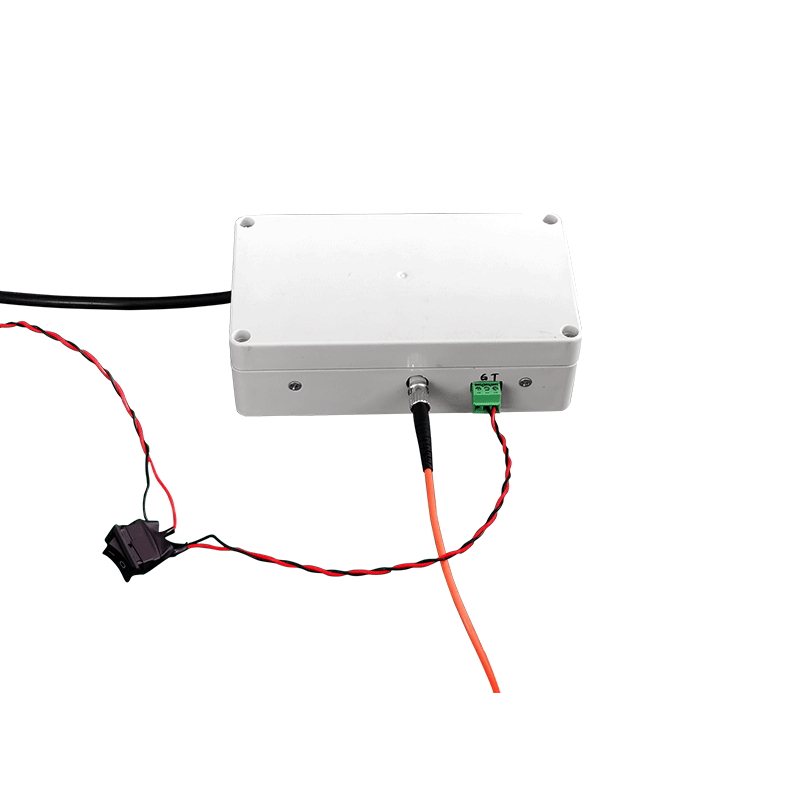Research on the Scalability of Standard Rack-Mounted High-Voltage Power Supplies
In modern power supply systems, standard rack-mounted high-voltage power supplies have become core power supply equipment in numerous industrial, scientific research, and communication fields due to their compact structure and unified installation specifications. With the continuous development of technology and the expansion of application scenarios, higher requirements are placed on the power requirements, functional diversity, and system compatibility of power supplies. Therefore, researching the scalability of standard rack-mounted high-voltage power supplies is of great practical significance.
Modular design at the hardware level serves as the foundation for achieving scalability. Standard rack-mounted high-voltage power supplies can decompose core functions into independent modules, such as power conversion modules, control modules, filtering modules, etc. Each module adopts a standardized interface design, facilitating quick plugging and unplugging and replacement. Take the power conversion module as an example. When the system needs to increase the output power, it can be achieved by paralleling multiple power conversion modules. This modular design not only enables flexible combination of power supply functions according to actual needs but also reduces maintenance costs and upgrade difficulties. At the same time, reasonably planning the internal spatial layout of the power supply and reserving sufficient expansion space and heat dissipation channels can ensure that the power supply still maintains good thermal stability and electrical performance when adding modules.
The openness and compatibility of communication interfaces are crucial for enhancing scalability. Standard rack-mounted high-voltage power supplies should be equipped with various common communication interfaces, such as RS 485, CAN bus, Ethernet interfaces, etc. These interfaces support common communication protocols, such as Modbus, CANopen, etc., facilitating data interaction and coordinated control with the host computer or other devices. Through open communication interfaces, users can easily achieve remote monitoring, parameter configuration, and fault diagnosis of the power supply. In addition, the adoption of standardized communication protocols enables seamless docking between devices from different manufacturers, providing convenience for subsequent expansion and system integration of the power supply. When the system needs to access new functional modules or collaborate with other devices, simply performing simple configuration and debugging through the communication interface can quickly complete system expansion.
The upgradability at the software level is also an important aspect of scalability research. The control software of the power supply should have a flexible architecture design and adopt the modular programming concept, dividing different functions into independent software modules. This way, when adding new functions or upgrading the software, only the corresponding modules need to be modified without affecting the normal operation of other functions. At the same time, the software should support remote upgrade functions, allowing users to update the control program of the power supply through the network and promptly obtain new functions and performance optimizations. In addition, designing user-friendly interfaces and configuration tools can reduce the difficulty for users to expand functions and adjust parameters of the power supply, enhancing the user experience.
In practical applications, scalability also needs to consider compatibility with other devices and systems. Standard rack-mounted high-voltage power supplies should follow industry standards and specifications to ensure that they can work in coordination with other devices in different application scenarios. For example, in the power supply system of a data center, high-voltage power supplies need to effectively cooperate with servers, refrigeration equipment, etc. Through unified interface standards and communication protocols, information sharing and coordinated control among various devices are achieved, thereby constructing an efficient and stable power supply system.
In conclusion, the scalability of standard rack-mounted high-voltage power supplies is a comprehensive topic involving hardware, communication, software, and system compatibility. Through modular hardware design, open and compatible communication interfaces, flexible and upgradable software systems, and good system compatibility, the scalability of standard rack-mounted high-voltage power supplies can be effectively enhanced to meet the ever-changing application requirements.
